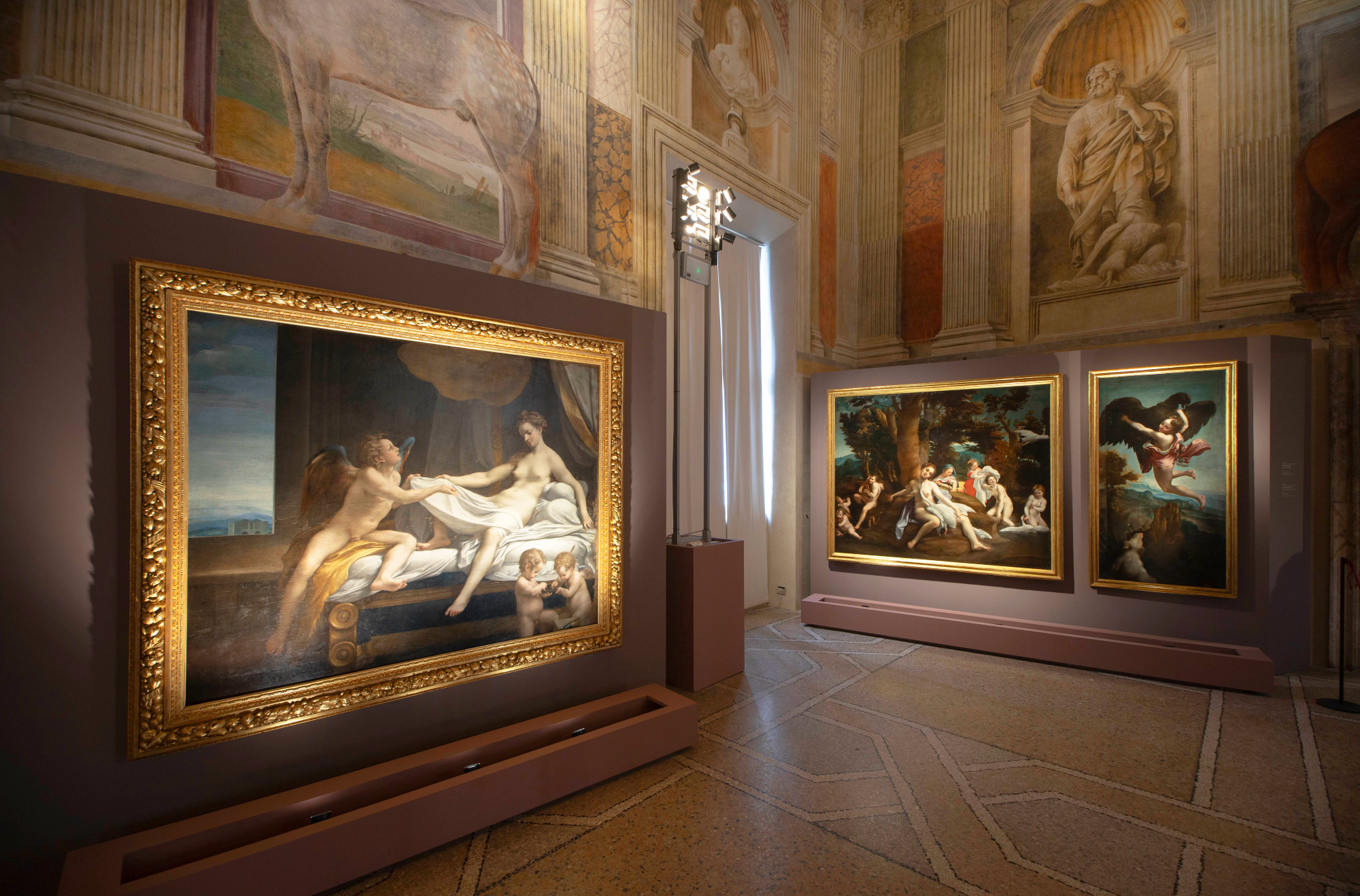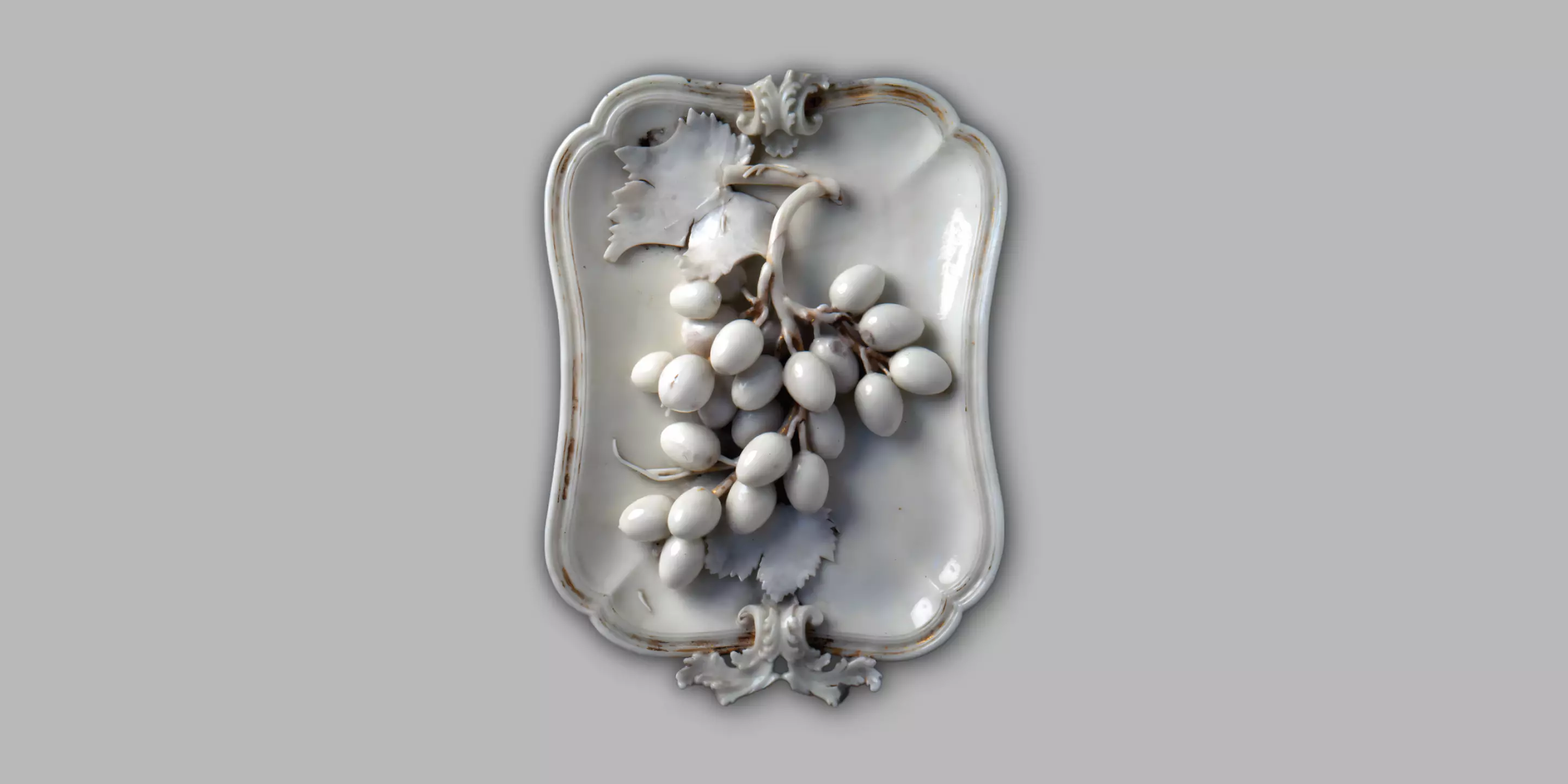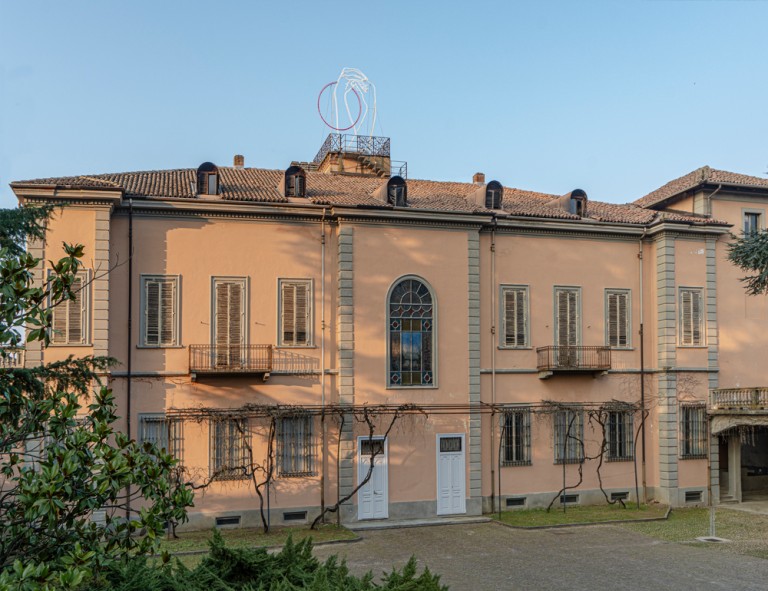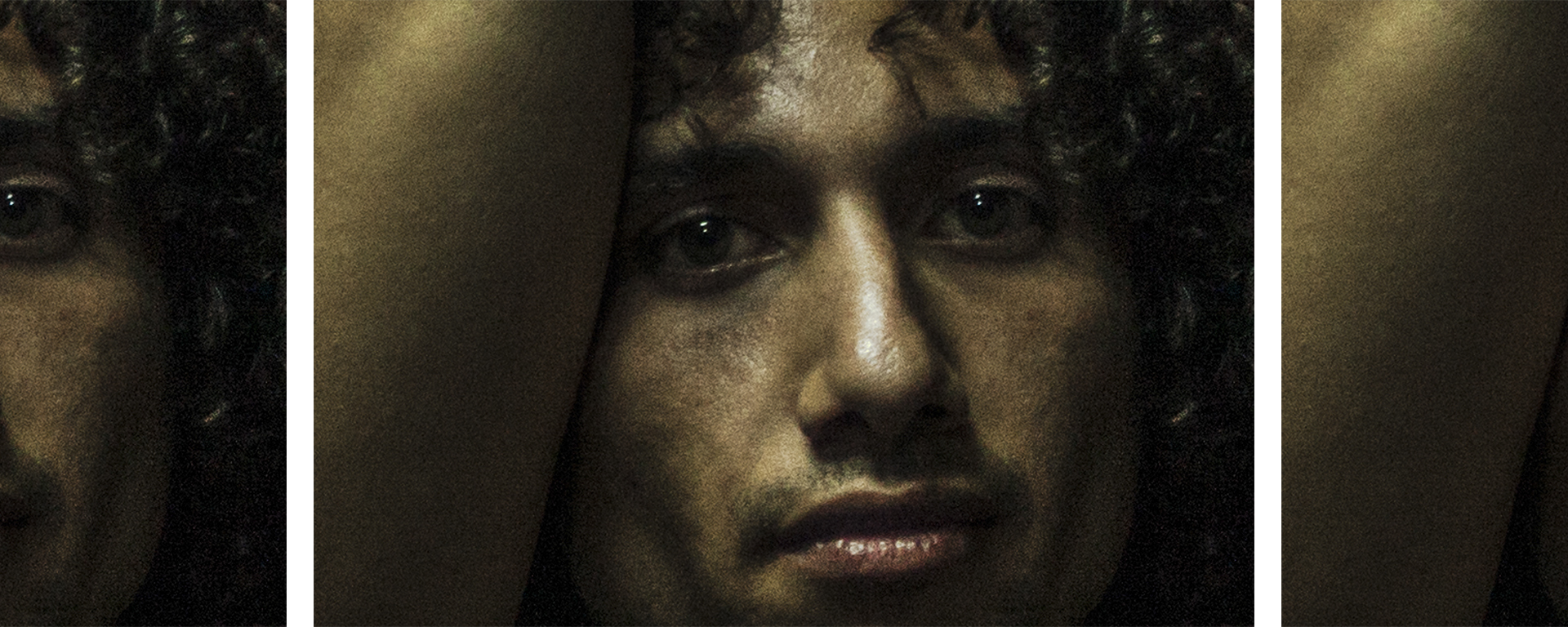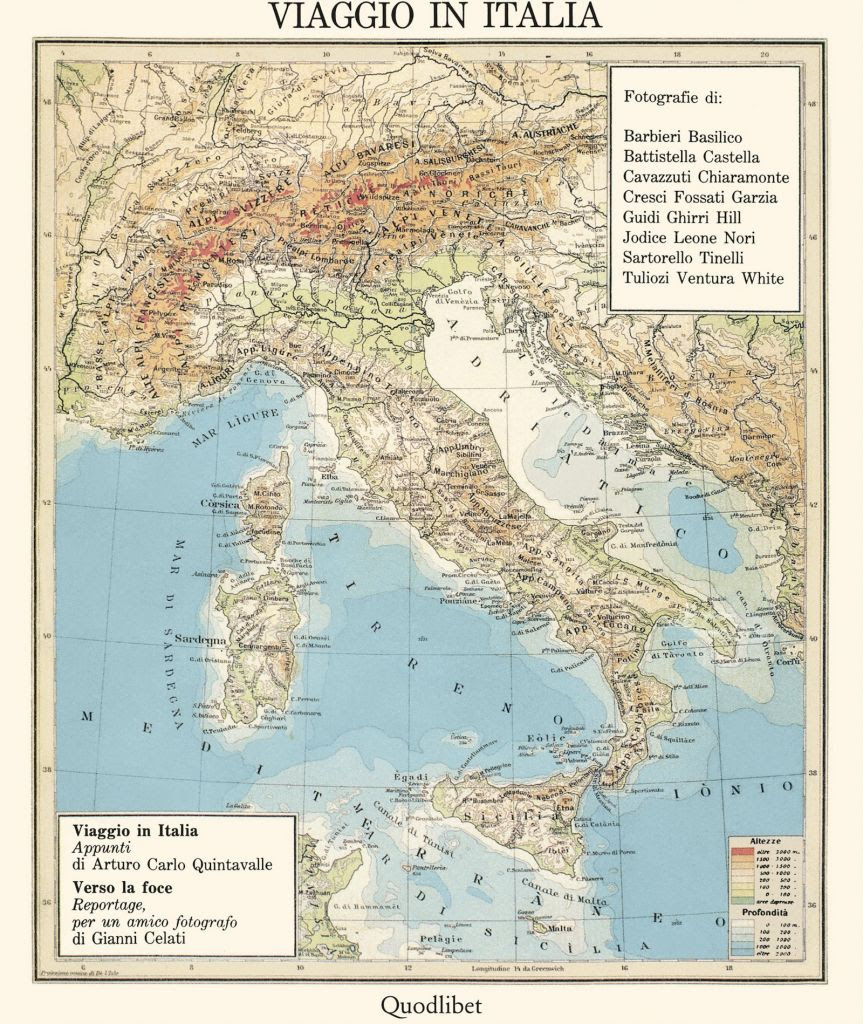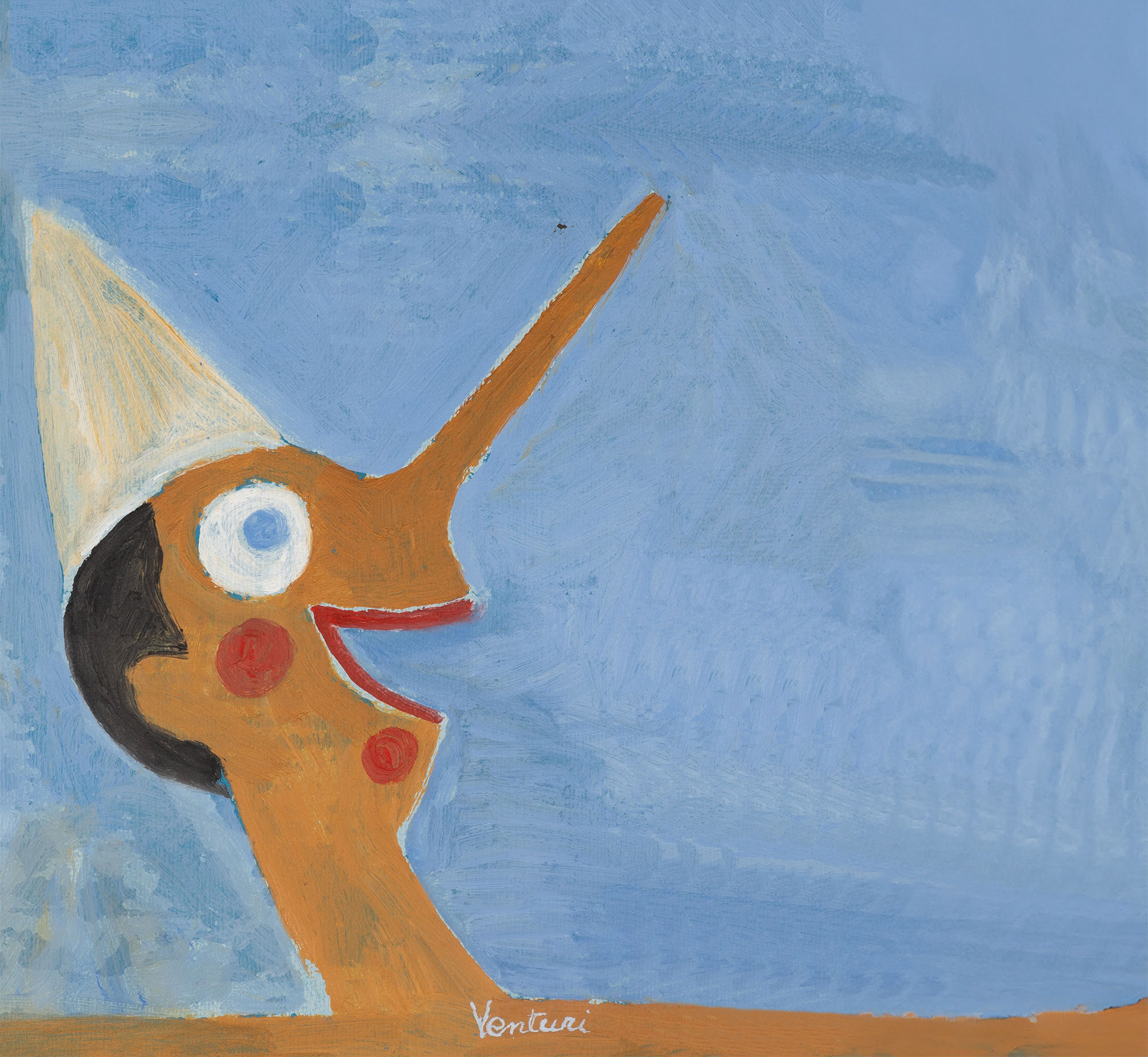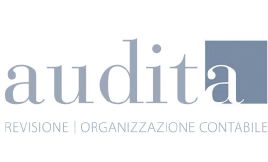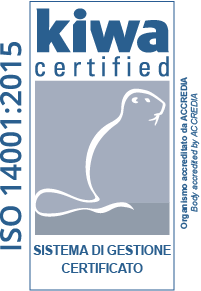From 18.02.2023 to 11.06.2023
MGAZZINO DELLE IDEE – TRIESTE
The African Portraits exhibition. Seydou Keïta, Malick Sidibé, Samuel Fosso edited by Filippo Maggia presents over one hundred works by the three most famous African photographers at the Magazzino delle idee.
The exhibition
Discovered only in relatively recent years, the three artists have been presented in the largest museums in the world, but only on two other occasions before have their works been proposed in an exclusive dialogue.
In 1997, to celebrate the fiftieth anniversary of the foundation of the Tati emporiums in Paris, Seydou Keïta, Malick Sidibé and Samuel Fosso were invited by the management of the department store to create portraits and self-portraits replicating the typical African photographic studio, with the hope of meeting the favor and interest of the multi-ethnic public of the neighborhood.
The Parisian event was one of the two cases in which the three photographers exhibited together without being aggregated with other African authors, as happened in the numerous collective exhibitions dedicated to African photography from the mid-nineties onwards. As for Tati, twenty-five years later the “African Portraits” exhibition brings together the three photographers in Trieste, presenting an important selection of works for each of them, highlighting and reasoning on the differences in style and approach to the photographic medium: classic portraits in white and black for Keïta and Sidibé, self-portraits in black and white and color for Fosso, the latter from the series created for Tati.
We could venture a sort of relay between the three artists, Keïta active in the years preceding the independence of Mali (which occurred in 1960), Sidibé who lives and talks about the years immediately following independence, Fosso who was born in the years in which several countries Africans achieve independence. A relay that we also find in the contents of their images, as if the narrative thread traced by Keïta at the end of the 1940s had then found its own evolutionary path that runs hand in hand with the progressive conquest and manifestation of a conscious Africanness, a distinctive sign that we read in their portraits, which not by chance become self-portraits in Fosso.
The portrait, in fact, is a peculiar characteristic of African photography. Just as “street photography” can be traced back to American photography and landscape photography is inextricably linked to the Italian tradition, the portrait has certainly been throughout the last century and, evolving in its meaning, largely also in the current one, the genre favored by many African photographers. Historical, political, social and religious reasons are the basis of this practice pursued with constant assiduity from north to south, from west to east of the third largest continent on our planet. (Filippo Maggia, from the exhibition catalogue).


